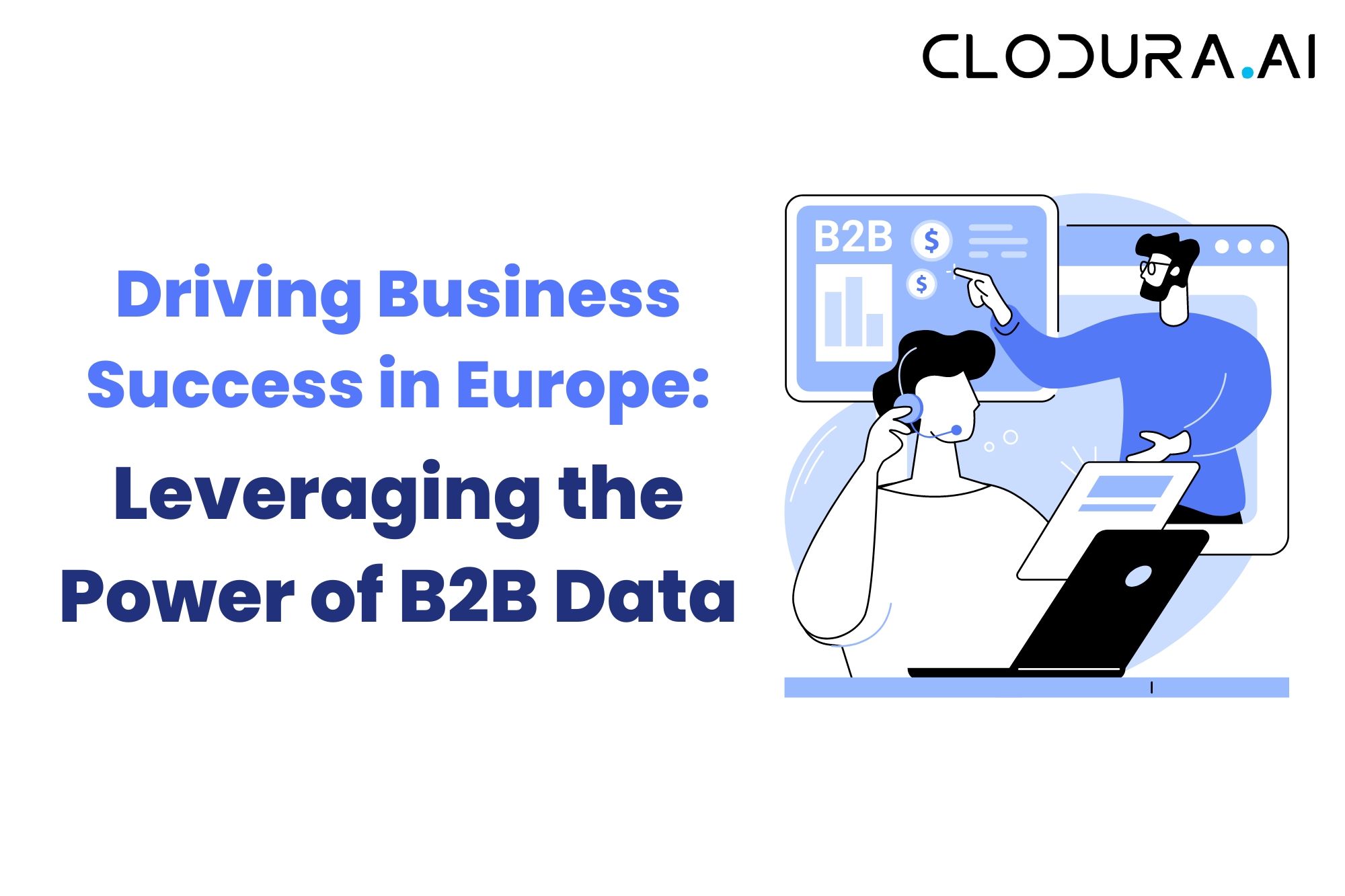In today's global economy, businesses need accurate and up-to-date data to make informed decisions. B2B data, in particular, is crucial for companies to identify potential customers and partners, expand their market reach, and improve their overall business performance.
Europe is a vast and diverse market, with over 740 million people spread across 44 different countries. This presents a unique challenge for businesses seeking to enter the market or expand their existing operations. Without access to reliable B2B data, it can be difficult for businesses to gain valuable insights into market trends, customer behavior, and competitor activity.
Fortunately, B2B data is an excellent tool that can help businesses overcome these challenges. By analyzing data on company size, industry, location, and other key factors, businesses can create targeted marketing campaigns to reach the right audience. This can increase conversion rates and reduce marketing costs, as companies can focus their efforts on the most promising leads.
But that's not all - B2B data can also help businesses identify potential partners and suppliers. By analyzing data on company size, industry, and location, businesses can find complementary businesses that may be interested in forming partnerships or collaborations. This can create new opportunities for growth and innovation, while also improving supply chain efficiency and reducing costs.
Another crucial use of B2B data is in competitive analysis. By analyzing data on competitors' market share, pricing, and product offerings, businesses can identify areas where they may have a competitive advantage or need to improve their offerings. This can inform product development and pricing strategies, while also identifying potential threats to the business.
In this blog, we will discuss Europe B2B data and its significance for businesses operating in the region.
Importance of B2B data: Highlight the significance of B2B data for businesses in general, and how it can help them make informed decisions.
1. Identifying Potential Customers
B2B data can help businesses to identify potential customers by analyzing factors such as company size, industry, location, and more. By creating targeted marketing campaigns based on this data, businesses can increase their conversion rates and reduce marketing costs.
2. Identifying Potential Partners and Suppliers
B2B data can also help businesses to identify potential partners and suppliers. By analyzing data on company size, industry, and location, businesses can identify complementary businesses that may be interested in forming partnerships or collaborations. This can help to create new opportunities for growth and innovation, as well as improve supply chain efficiency and reduce costs.
3. Competitive Analysis
B2B data can be used for competitive analysis by analyzing data on competitors' market share, pricing, and product offerings. This can help businesses to identify areas where they may have a competitive advantage or need to improve their offerings. This information can inform product development and pricing strategies, as well as identify potential threats to the business.
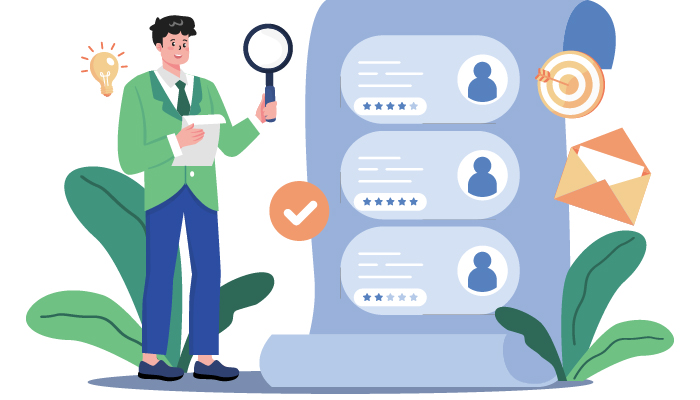
Ultimately, B2B data is crucial for businesses to make informed decisions. By providing insights into market trends, customer behavior, competitor activity, and more, B2B data can help businesses to identify new opportunities for growth and improve their overall performance.
Europe as a market: and how this presents unique challenges and opportunities for businesses.
Europe is a large and diverse market, with over 740 million people and 44 different countries. This presents unique challenges and opportunities for businesses seeking to enter or expand their operations in the region. Here are some key factors to consider when exploring the European market:
1. Diversity-
Europe is a diverse market, with different languages, cultures, and business practices. This can make it challenging for businesses to navigate and communicate effectively with potential customers, partners, and suppliers. However, it also presents opportunities for businesses to tailor their offerings to specific regions or demographics.
2. Regulatory Environment-
The European Union has strict regulations and standards for businesses operating in the region. These regulations cover areas such as data privacy, product safety, and environmental protection. Businesses need to be aware of and comply with these regulations to avoid penalties and reputational damage.
3. Economic Opportunities
Despite the challenges, the European market offers significant economic opportunities for businesses. The region has a high standard of living and a strong economy, with a Gross Domestic Product (GDP) of over €15 trillion. Businesses can tap into this market to expand their customer base and increase revenue.
4. Access to Talent
Europe has a highly educated and skilled workforce, with many countries offering incentives and programs to attract foreign talent. This can be beneficial for businesses seeking to establish operations in the region or expand their existing workforce.
In short, the size and diversity of the European market present unique challenges and opportunities for businesses. By understanding the regulatory environment, economic opportunities, and access to talent, businesses can make informed decisions when exploring the European market.
Targeted marketing campaigns: Explain how B2B data can be used to create targeted marketing campaigns that increase conversion rates and reduce marketing costs.
One of the key benefits of B2B data is the ability to create targeted marketing campaigns. By analyzing data on company size, industry, location, and other key factors, businesses can identify the right audience and tailor their marketing messages accordingly. Here are some ways B2B data can help create targeted marketing campaigns:
1. Identify Ideal Customers
B2B data can help businesses identify potential customers that are most likely to convert. This can be based on factors such as company size, industry, and location. By analyzing this data, businesses can create targeted marketing messages that are more likely to resonate with the ideal customer.
2. Personalized Messaging
B2B data can also help businesses create personalized marketing messages. By analyzing data on customer behavior and preferences, businesses can tailor their messaging to individual customers. This can improve engagement and increase the likelihood of conversion.
3. Reduce Marketing Costs
Targeted marketing campaigns can also help businesses reduce their marketing costs. By focusing on the most promising leads, businesses can avoid wasting resources on ineffective marketing messages. This can result in a higher return on investment (ROI) and more efficient use of marketing resources.
4. Measure Effectiveness
B2B data can also help businesses measure the effectiveness of their marketing campaigns. By tracking customer behavior and engagement, businesses can identify areas where their marketing messages are effective and areas where they need improvement. This can help businesses refine their marketing strategies and improve their overall performance.
In closing, targeted marketing campaigns are an effective way toand reduce marketing costs. By using B2B data to identify ideal customers, create personalized me increase conversion rates ssaging, and measure effectiveness, businesses can improve the ROI of their marketing efforts.

Identifying potential partners and suppliers:
Identifying potential partners and suppliers is crucial for businesses that want to expand their operations, enter new markets, or improve their products and services. B2B data can be an essential tool in this process, providing valuable insights into complementary businesses that may be suitable for partnerships and collaborations. Here are some ways B2B data can help businesses identify potential partners and suppliers:
1. Industry Analysis:
B2B data can be used to analyze different industries, identifying key players and their market share. This information can help businesses identify complementary businesses that offer products or services that could enhance their own.
For example, a software company could use B2B data to identify hardware manufacturers that could be potential partners for bundling their software with the manufacturer's hardware.
2. Company Profiles:
B2B data can provide detailed information about different businesses, including their size, revenue, and customer base. This data can help businesses identify potential partners that share similar values, goals, and customer demographics.
For example, a sustainable fashion brand could use B2B data to identify textile suppliers that share their commitment to eco-friendly materials and fair labor practices.
4. Market Trends:
B2B data can be used to analyze market trends identifying emerging industries and opportunities for growth. This information can help businesses identify potential partners that are well-positioned to capitalize on these trends.
For example, a company that specializes in 3D printing could use B2B data to identify complementary businesses that could benefit from the technology, such as architects or toy manufacturers.
5. Contact Information:
B2B data can provide contact information for businesses, including email addresses and phone numbers. This information can be used to initiate partnerships or collaborations, reaching out to potential partners to discuss opportunities for growth and innovation.
Overall, B2B data can be an essential tool for businesses looking to identify potential partners and suppliers. By analyzing industry trends, company profiles, and market data, businesses can identify complementary businesses that can help them expand their operations, enter new markets, and improve their products and services. With B2B data, businesses can create new opportunities for growth and innovation, leading to long-term success and profitability.

Competitive analysis-
Competitive analysis is essential for businesses looking to stay ahead of their competitors and identify areas where they can improve their offerings. B2B data can be a powerful tool in this process, providing valuable insights into competitor activity and market trends. Here are some ways B2B data can be used for competitive analysis:
1. Market Share Analysis:
B2B data can be used to analyze market share, identifying key players and their relative positions in the market. This information can help businesses understand their own position in the market and identify areas where they may have a competitive advantage or need to improve their offerings.
2. Customer Demographics:
B2B data can provide insights into customer demographics, including age, gender, and location. This information can help businesses understand their target audience and identify areas where they may be falling behind their competitors in terms of customer reach and engagement.
3. Product Analysis:
B2B data can be used to analyze competitor product offerings, identifying areas where they may be lacking in comparison to the business's own offerings. This information can help businesses identify opportunities for improvement or new product development.
4. Pricing Analysis:
B2B data can provide insights into competitor pricing strategies, identifying areas where they may be overcharging or undercharging for their products or services. This information can help businesses adjust their own pricing strategies to better compete in the market.
5. Sales Analysis:
B2B data can be used to analyze competitor sales trends, identifying areas where they may be experiencing growth or decline. This information can help businesses adjust their own sales strategies to better compete in the market.
Lastly, B2B data can be an essential tool for businesses looking to conduct competitive analysis. By analyzing market share, customer demographics, product offerings, pricing strategies, and sales trends, businesses can identify areas where they have a competitive advantage or need to improve their offerings. With B2B data, businesses can stay ahead of their competitors and make informed decisions that lead to long-term success and profitability.
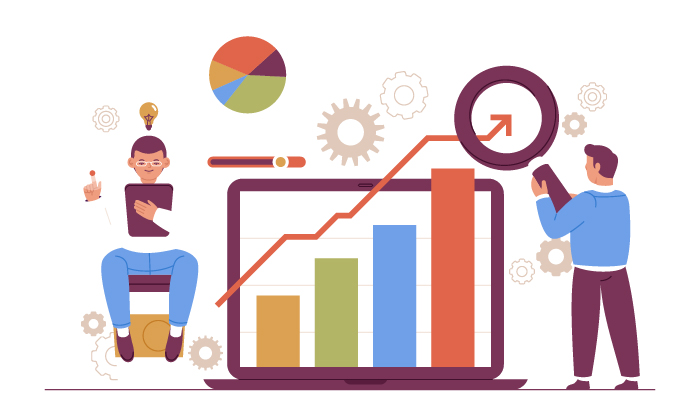
Importance of accurate data:
Accurate and up-to-date data is crucial for businesses that rely on data-driven decision-making. Inaccurate or outdated data can lead to incorrect conclusions and misguided decisions, which can have serious consequences for the business. Here are some reasons why accurate data is so important:
1. Better Decision-
Making: Accurate data is the foundation for making informed decisions. When businesses have access to reliable and up-to-date data, they can make decisions that are based on facts and insights, rather than assumptions or guesswork.
2. Improved Efficiency:
Accurate data can help businesses streamline their operations and improve efficiency. By having access to the right data at the right time, businesses can make decisions quickly and confidently, without wasting time and resources on unnecessary tasks or activities.
3. Increased Profitability:
Accurate data can lead to increased profitability by identifying areas of opportunity and optimizing business processes. By analyzing accurate data, businesses can identify trends and patterns that can be leveraged to increase revenue, reduce costs, and improve overall profitability.
To ensure data quality, businesses can use techniques like data cleansing and validation. Data cleansing involves identifying and correcting inaccuracies in data, such as misspellings, typos, and formatting errors. Data validation involves checking data for completeness, accuracy, and consistency, and correcting any errors that are found. Here are some techniques that can be used for data cleansing and validation:
- Data Profiling: Data profiling involves analyzing data to identify patterns, inconsistencies, and errors. This can help businesses identify areas where data quality may be lacking and prioritize efforts to improve it.
- Automated Tools: Automated tools can be used to cleanse and validate data, including software that can automatically detect and correct errors in data
- Data Governance: Data governance involves creating policies and procedures for managing data, including data quality standards and processes for cleansing and validating data.
Overall, accurate and up-to-date data is essential for businesses that rely on data-driven decision-making. By using techniques like data cleansing and validation, businesses can ensure that their data is reliable and can be used to make informed decisions that lead to long-term success and profitability.
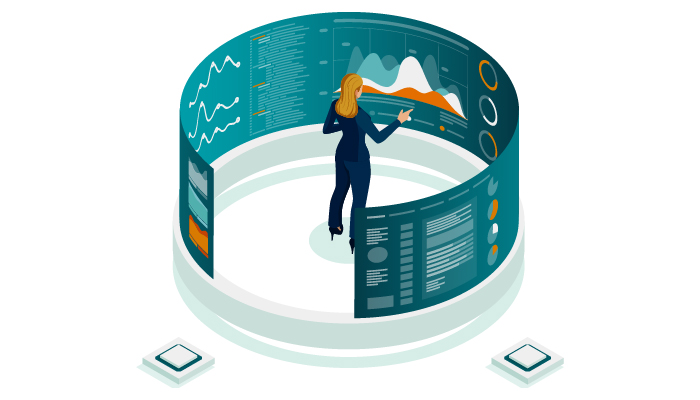
Real-world examples:
Use real-world examples of businesses that have successfully used B2B data in Europe to improve their operations and grow their market share.
● Mercedes-Benz:
Mercedes-Benz has implemented a data-driven approach to identify potential customers and improve their customer experience. They use B2B data to track customers' interests, preferences, and buying patterns. This has enabled them to create personalized marketing campaigns and targeted promotions, resulting in increased sales and customer loyalty.
● Kuehne + Nagel:
Kuehne + Nagel is a global logistics company that has successfully used B2B data to optimize its supply chain operations. They use real-time data to track shipments, analyze transportation routes, and optimize inventory levels. This has led to faster delivery times, reduced transportation costs, and increased efficiency.
● Siemens:
Siemens has implemented a data-driven approach to improve its manufacturing operations. They use B2B data to monitor equipment performance, predict maintenance needs, and identify potential problems before they occur. This has enabled them to reduce downtime, improve production efficiency, and lower maintenance costs.
● Royal Dutch Shell:
Royal Dutch Shell has successfully used B2B data to optimize its oil and gas exploration operations. They use real-time data to analyze geological formations, identify potential drilling locations, and predict oil and gas reserves. This has led to more accurate exploration, increased production, and higher profits.
● Vodafone:
Vodafone has implemented a data-driven approach to improve its customer service operations. They use B2B data to track customer interactions, analyze customer feedback, and identify potential problems. This has enabled them to create personalized customer experiences, resolve issues quickly, and increase customer satisfaction.
To conclude, B2B data is a powerful tool that businesses can use to improve their operations and grow their market share. These real-world examples show how companies across various industries have successfully implemented data-driven approaches to optimize their processes, reduce costs, and increase profits.
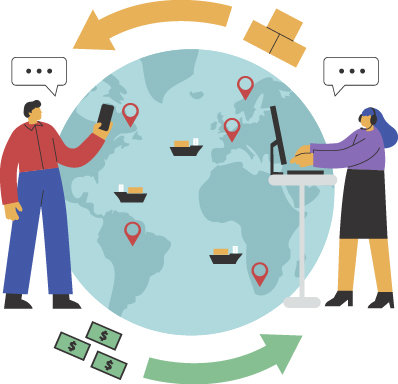
Future trends:
Discuss emerging trends in Europe B2B data, such as the use of AI and machine learning, and how these technologies may impact businesses in the future.
● Increased use of IoT devices:
The Internet of Things (IoT) is expected to become increasingly important in B2B data in Europe. IoT devices can collect large amounts of data, which can be analyzed using AI and machine learning to identify patterns and trends.
● Use of blockchain technology:
Blockchain technology has the potential to revolutionize B2B data in Europe. It can be used to create secure, tamper-proof records of transactions, which can help improve data security and prevent fraud.
● Integration of virtual and augmented reality:
Virtual and augmented reality technologies are expected to become increasingly integrated into B2B data in Europe. These technologies can be used to create immersive experiences that allow businesses to visualize and interact with data in new ways.
● Increased focus on data ethics:
As the use of B2B data continues to grow, there is likely to be an increased focus on data ethics in Europe. Businesses will need to ensure that they are using data in an ethical and responsible way, and that they are transparent about their data practices.
● Greater collaboration between businesses:
As the use of data becomes more widespread, there is likely to be greater collaboration between businesses in Europe. This can help businesses share data and insights, which can lead to new opportunities and innovations.
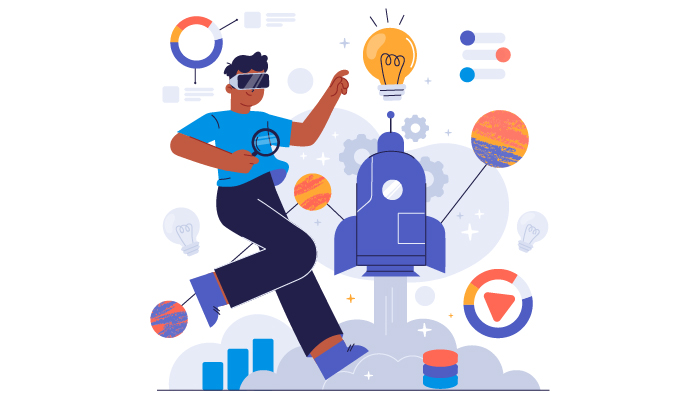
To bring it all together, the future of B2B data in Europe is likely to be shaped by emerging technologies such as AI and machine learning, blockchain, and IoT devices. Businesses will need to stay up-to-date with these trends in order to remain competitive and protect their data.
FAQs
Q. How can businesses leverage B2B data to drive success in Europe?
Businesses can leverage B2B data in several ways, including improving customer insights, identifying new markets, optimizing marketing and sales strategies, enhancing product development, and reducing risk.
Q. What are some of the top sources of B2B data in Europe?
Some of the top sources of B2B data in Europe include public records, trade publications, social media platforms, business directories, and data providers.
Q. What are some of the most common use cases for B2B data in Europe?
Some of the most common use cases for B2B data in Europe include lead generation, account-based marketing, market research, competitive analysis, customer segmentation, and risk management.
Q. How does the General Data Protection Regulation (GDPR) affect the use of B2B data in Europe?
The GDPR has strict rules regarding the collection, processing, and storage of personal data, including B2B data. Businesses must obtain explicit consent from individuals before collecting their data and ensure that it is used only for specific purposes.
Q. What are some of the emerging trends in the field of B2B data in Europe?
Some of the emerging trends in the field of B2B data in Europe include the use of artificial intelligence and machine learning, the increasing popularity of account-based marketing, the rise of data marketplaces, and the importance of data privacy and security.
